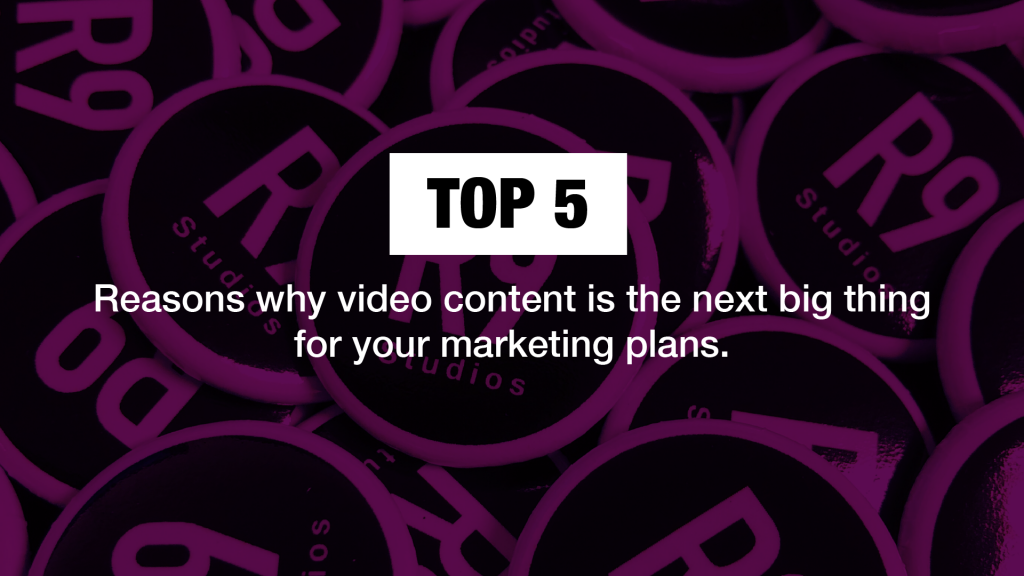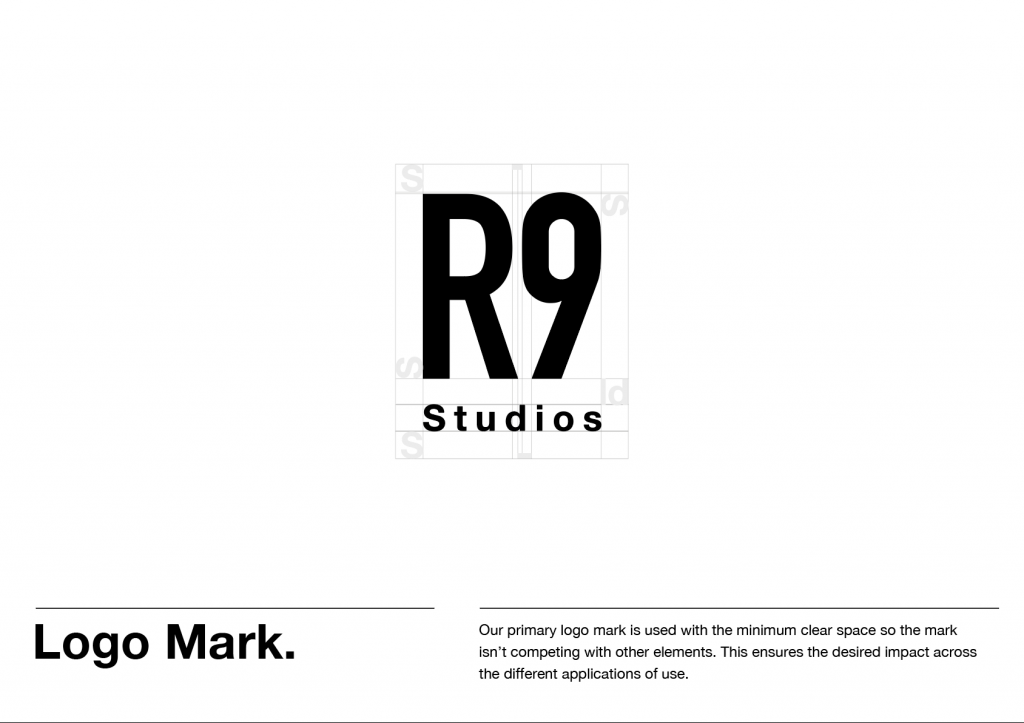Top 5 reasons why video content is the next big thing for your marketing plans.

There are lots of opportunities available when it comes to incorporating video into your marketing strategy. These could be as simple as a short recording of yourself updating your customers on your business’s news, filming a customer testimonial to share, and of course our bag – animated explainer videos! But why should you consider adding video to your marketing plans? Read on as we take a look into the “Top 5 reasons why video content is the next big thing for your marketing plans”.
1. 87% of businesses now use video as a marketing tool.
Firstly, video is personal, it connects people to people. Whether it’s a quick update on behalf of your company to share some exciting news or an animated video telling the story of your brand and products, videos are bringing people closer to your brand, its values and it has never been easier to create and share with your audience.
2. 96% of people say they’ve watched an explainer video to learn more about a product or service, and when asked to identify just one type of video content they’d like to see more of, from brands, 39% of people cited explainer videos; the highest result from the categories.
An explainer video can add a lot of value to a users experience of your business, product and services. No need for long bodies of text to say who you are and what you can offer your customers. Tell your stories with your brand’s style, with graphically rich and engaging content. Help communicate complex processes and concepts to your audience in an easily digestible format, no more struggling to simply explain in a one dimensional format. Enhance animated visuals with a voiceover and soundtrack that really expresses your business’s tone of voice.
3. 68% of people say they’d most prefer to learn about a new product or service by watching a short video.
It makes sense. People are busier than ever, and in a saturated digital world, there is so much information to digest and the challenge for businesses is to fight through all the noise. Who’s shouting the loudest with a lengthy text description of their product and benefits or the 60 second video live/animated with visual impact, grabbing the audience’s attention while they scroll. So it’s important to remember to deliver the information you have to share in a way people want to receive it. The majority want video, its shared more, its liked more and its retained more. Video lasts and can go everywhere, the digital market is huge, if your not there targeting your customers where they are, then someone else will. Thankfully, it’s easier than ever to get started.
4. Why are some businesses still not using video? – 23% said they lack time. 21% said they just didn’t know where to start.
It’s not as time consuming as you think, and not always about huge brand campaigns. Consumers want to know about your products and how your services benefit them. Planning video into your marketing campaign doesn’t have to take a full film crew, although we love and appreciate a lovely polished video and some nice VFX at R9, it’s not always cost effective for every creative idea that comes to the table. Animation offers huge possibilities creatively, if you say your product makes your customer feel out of this world – we say great! We could even animate a character flying to the moon, stars and back – no problem!
5. 79% of people say a brand’s video has convinced them to buy a piece of software or app.
Video provides a smart way to showcase your brand exactly how you envisage it. Creating visual analogies of complex products or apps becomes easier – helping your customers understand the what, how and why in a matter of seconds. No need to rely on a handout or repeatedly setting up a live product demonstration. Customers want information in an engaging simple way that they can connect with. Using animated videos means you can guide them through the sales process, and they will feel like they have learned something rather than a strict sales pitch.
[Thanks for reading our Top 5 reasons why video content is the next big thing for your marketing plans. Statistics used are from the “Annual State of Video Marketing Survey” Check out the full report over at Wyzol

